A little-known sightseeing spot in Nagoya! Feel nostalgic at "Yokiso" in Kakuozan.
Table of Contents
To the north garden where you can see three designated tangible cultural properties

In the north garden, there are Bankaro, Shirakumo Bridge, Sansho-tei and garden, and Inari Shrine.


You can enjoy the scenery of the four seasons in the pond garden, which is said to have been influenced by Shugakuin Imperial Villa in Kyoto.
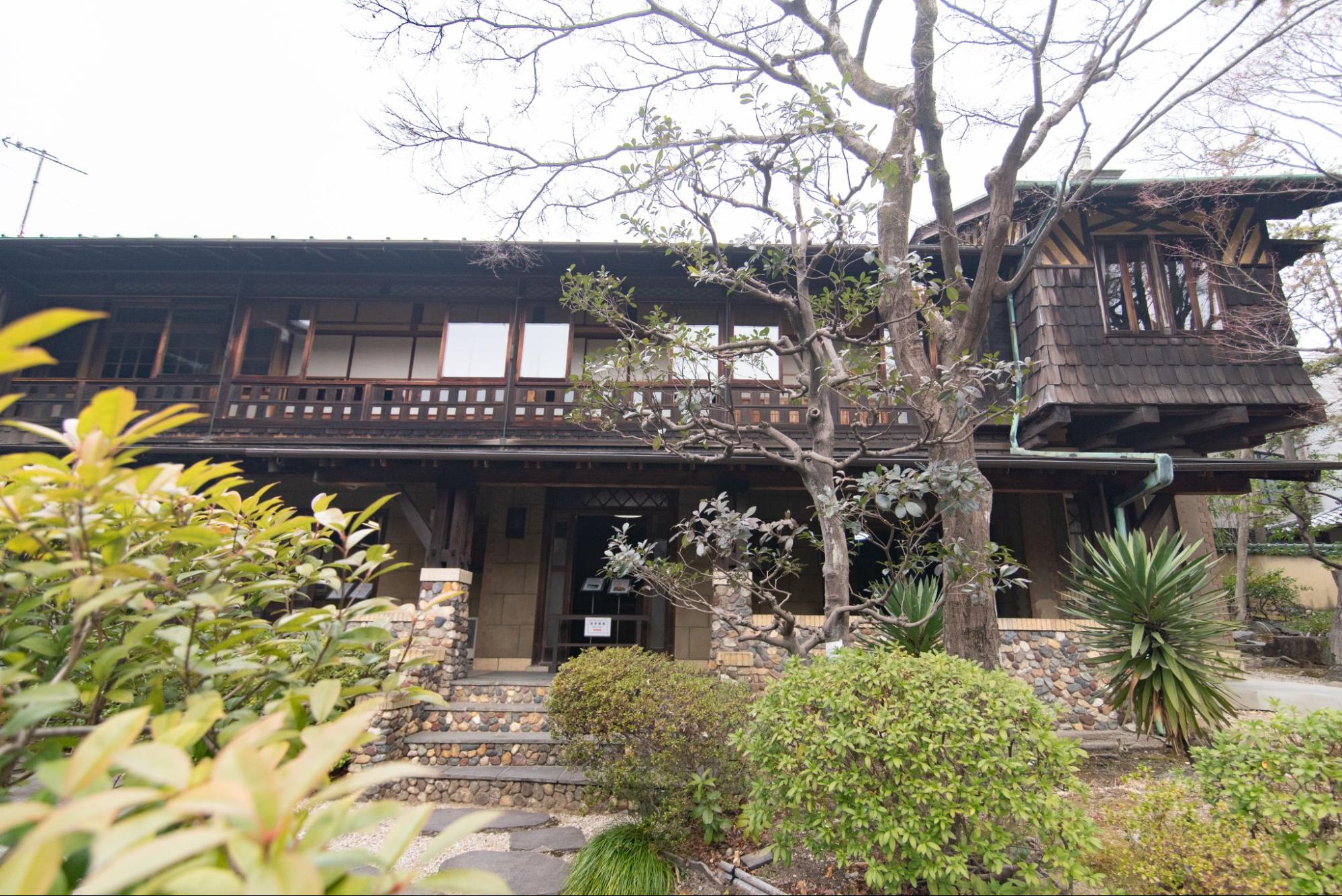
“Bangaro” has a rare scale wall. After the one-story Art Deco-style Western-style building was built, a Japanese-style one-story house was built on the upper floor.
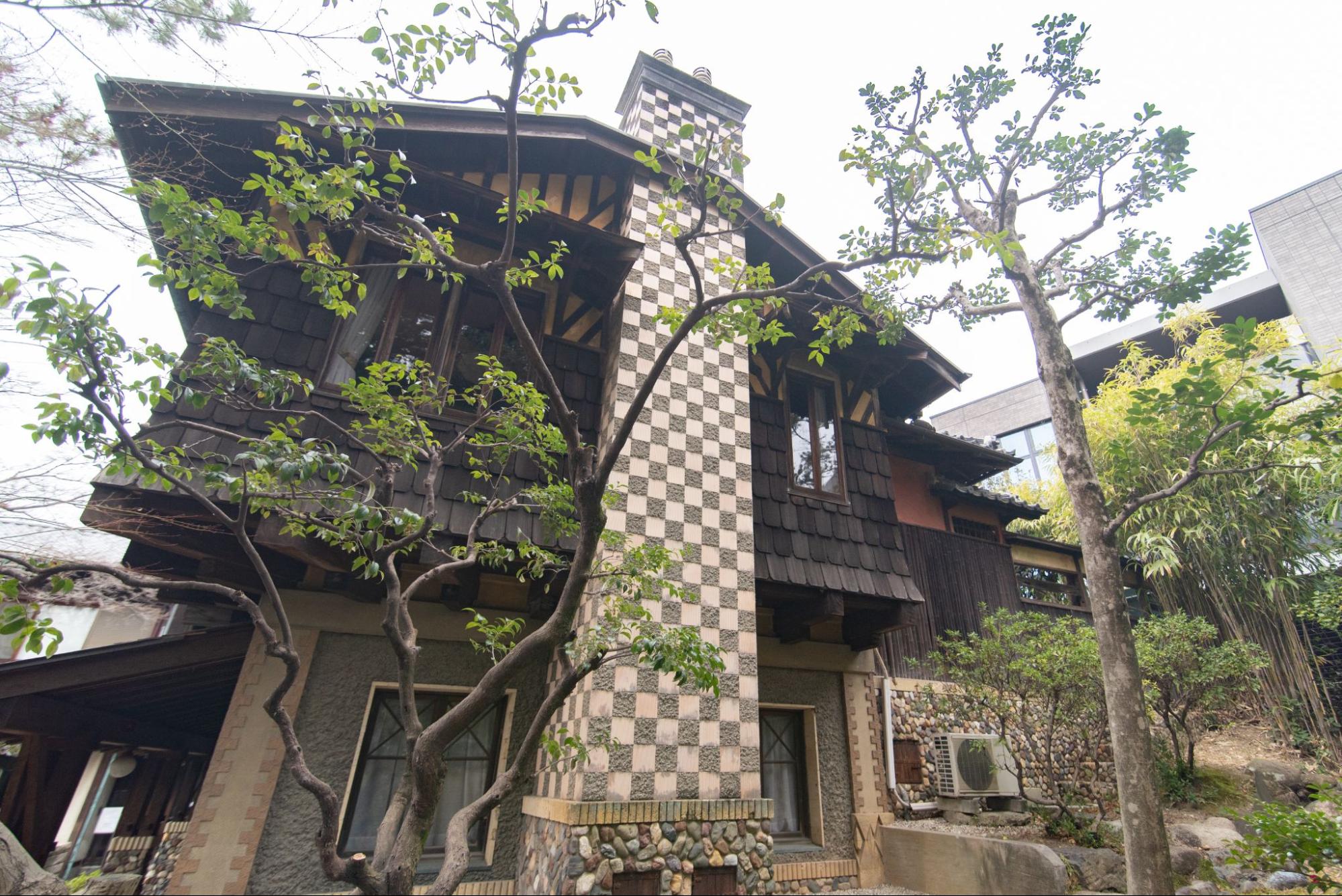
When viewed from the side, it looks like a mountain villa-like building like a bungalow.




The origin of the name "Yokiso" is said to be because this area is famous for viewing the moon and "the moon shines brightly."

Shirakumo Bridge is a corridor bridge that imitates the Chitose Bridge of Shugakuin Imperial Villa and is the symbol of the North Garden.

The ceiling picture of the dragon drawn by Yumin may also include a hidden picture of a woman. In recent years, it has become a hot topic in newspapers. How about looking for it?


The hand-carved plain wood giboshi (giboshi) and other items are elaborately crafted.
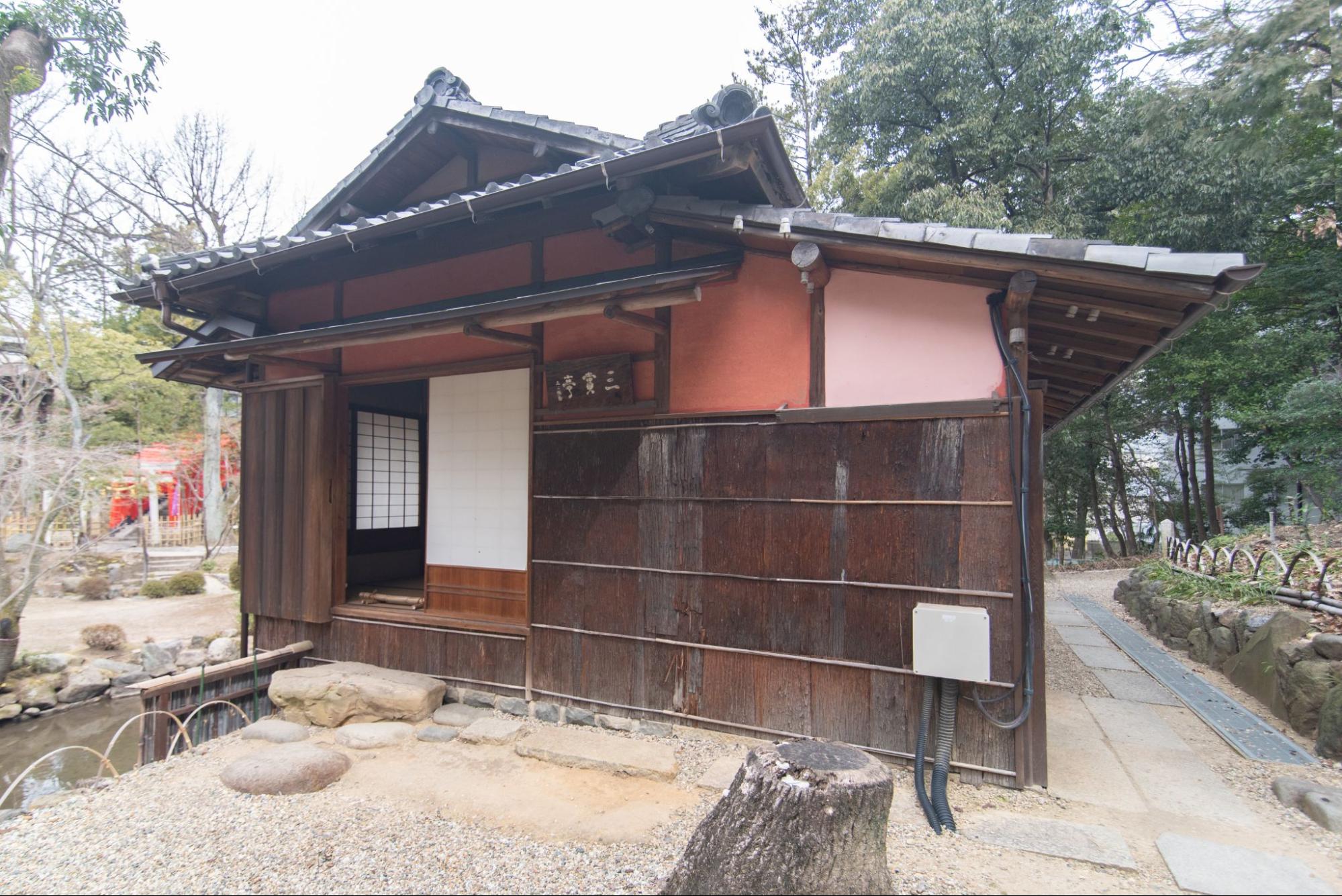
In 1918, Yokiso's first building, Sansho-tei, was relocated from the Ito family's main residence in Chayamachi (now Marunouchi 2-chome, Naka-ku). It is a rare sencha tea room, and you can see oriental designs such as bamboo nageshi.


You can also see the five-storied pagoda of Nittaiji Temple, and if the weather conditions are good, you can also see the upside-down five-storied pagoda reflected in the pond.
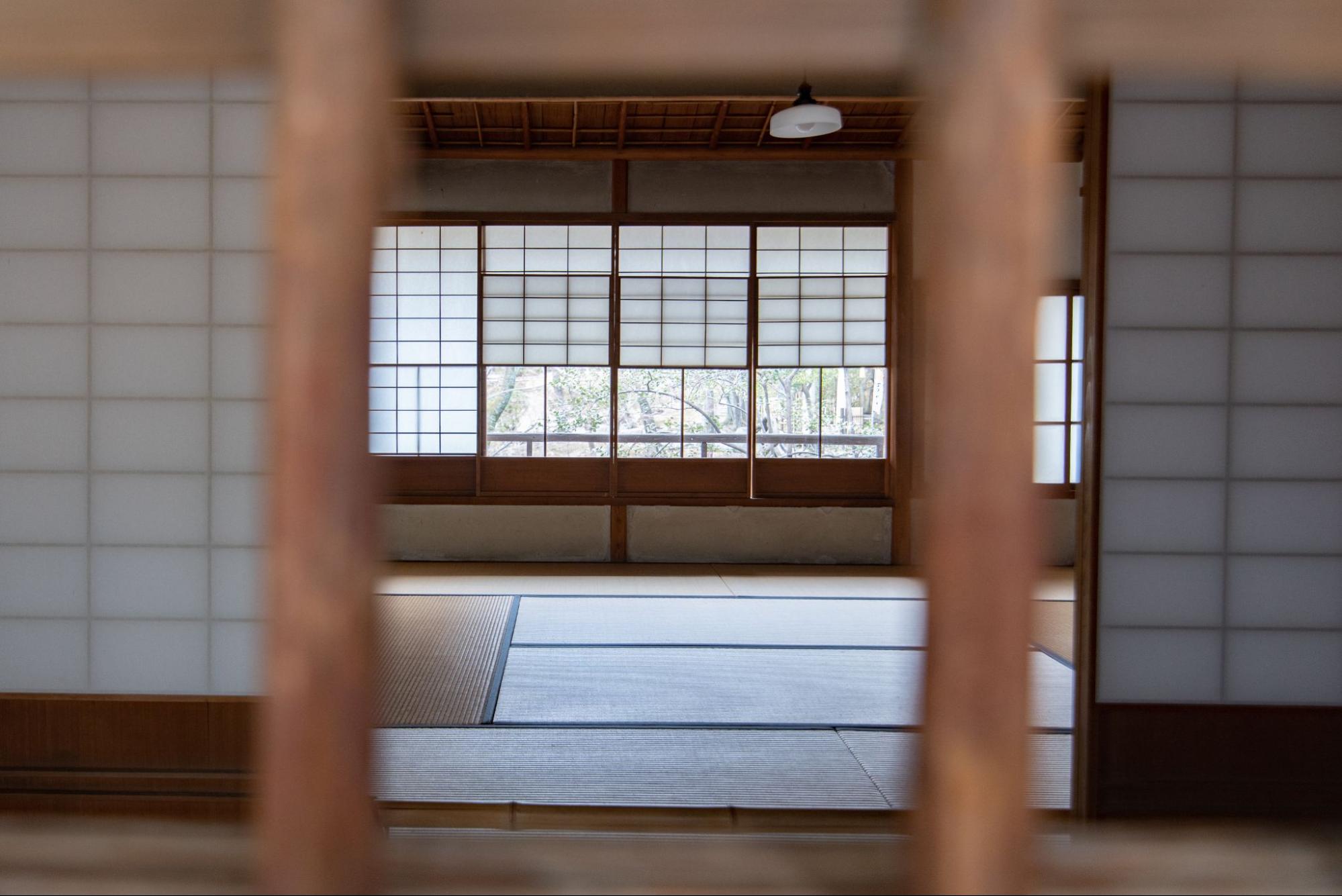
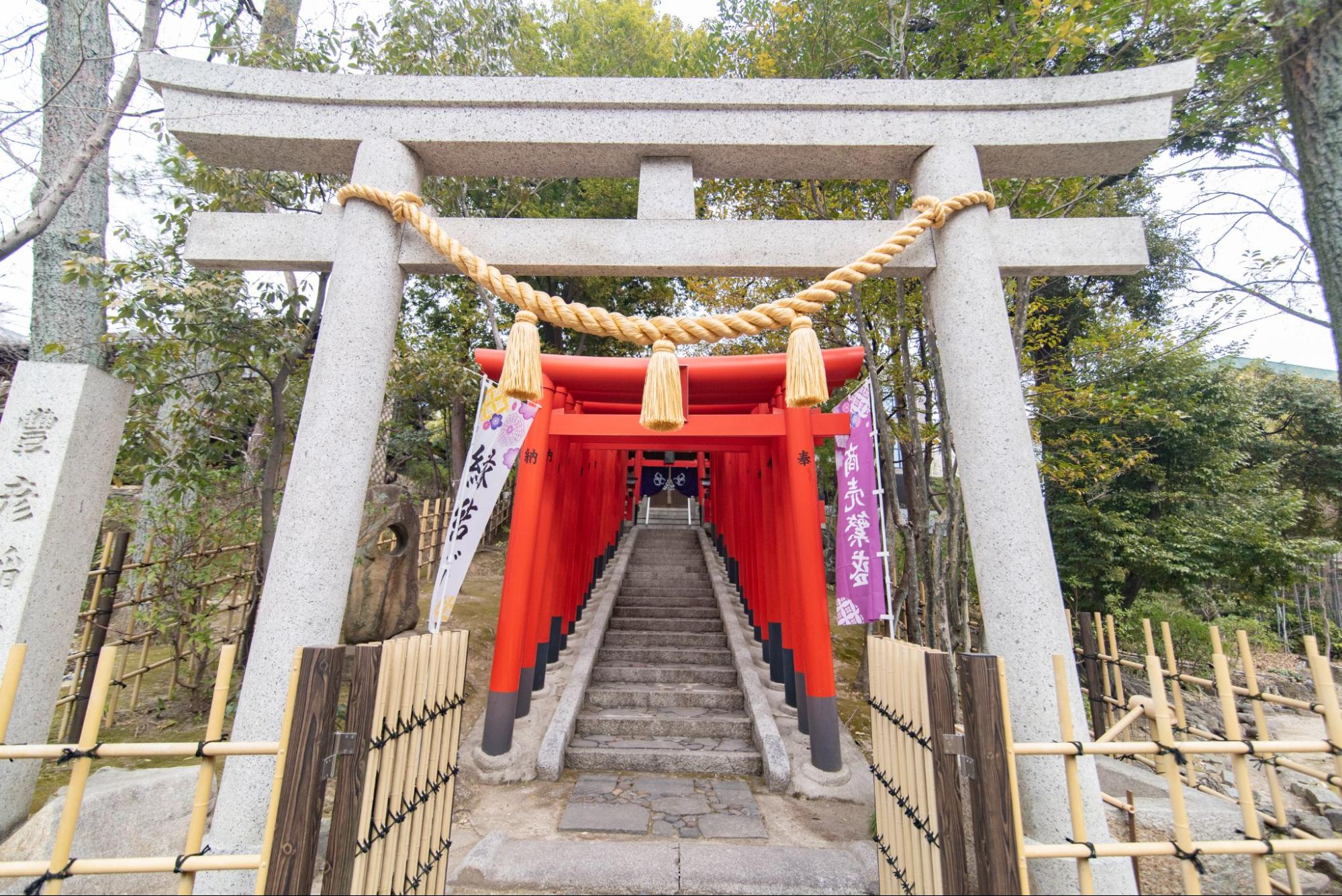
Next to "Bankaro", there is also Inari Shrine, the god of prosperous business.


The wall of Inari Shrine is made of Nobunaga wall, which is made by piling up many roof tiles, made by kneading soil and lime with oil, which can also be seen at Atsuta Shrine.
In the nostalgic atmosphere of the building, I listened with great interest to the history of Nagoya that led to Yokiso, which the staff told me. In the future, the restoration is progressing and the sights are likely to increase.
Why don't you visit Yokiso, a little-known spot recommended for locals and repeaters who come to Nagoya many times?



![[Tokai Area] Explore its History!](https://life-designs.jp/wp/wp-content/uploads/2019/12/LD_banner_w1920x1088_history-1-1024x580.jpg)



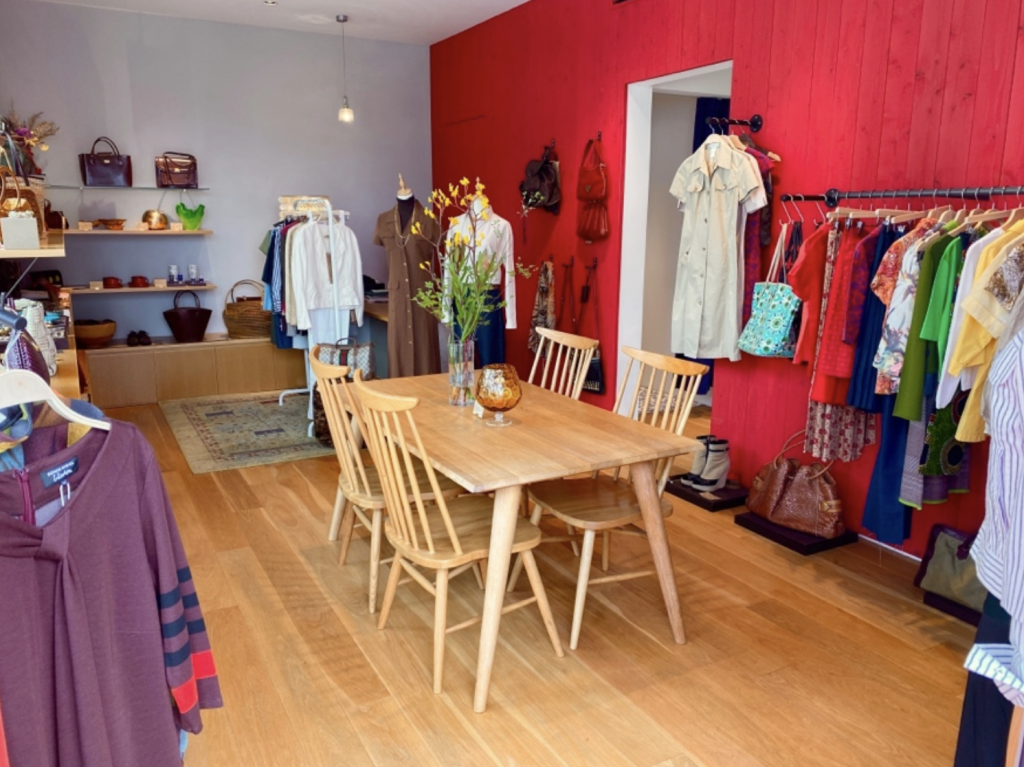



![[Iga City] Learn about food culture through manufacturing! “Iga no Sato Mokumoku Tezukuri Farm”](https://life-designs.jp/wp/wp-content/uploads/2023/09/image35-1024x708.jpg)
![[Ghibli Park] How to Enjoy Hill of Youth! (World Emporium & Cat Office)](https://life-designs.jp/wp/wp-content/uploads/2023/07/image8-12-1024x683.jpg)
![[Ghibli Park] "Cat Castle Playground” with the Motif of “The Cat Returns”](https://life-designs.jp/wp/wp-content/uploads/2023/11/image2-18-1024x683.jpg)
![[Gujyo Hachiman: Weekdays only!] Tour around the Beautiful Castle Town with a Digital Ticket “CentX”](https://life-designs.jp/wp/wp-content/uploads/2023/10/9300089c7781c0edf6921fad2208fa7d-1024x683.jpg)

![[Indoor Facilities] Where to Go on Rainy Days in Tokai Area! For Family Outings!](https://life-designs.jp/wp/wp-content/uploads/2023/07/FotoJet-23.jpg)



![[2025 Latest Edition] 32 Summer Resorts Within 2.5 Hours by Car from Nagoya!](https://life-designs.jp/wp/wp-content/uploads/2020/08/d5e9a698a33b82fe60aa760e3d6d995f.jpg)

![[Tokai Area] Scenic Spots which You'll Never Forget](https://life-designs.jp/wp/wp-content/uploads/2019/12/LD_banner_w1920x1088_prospect-1-768x435.jpg)
![[Special Feature] Enjoy Your Day at a Park!](https://life-designs.jp/wp/wp-content/uploads/2019/12/LD_banner_w1920x1088_park-1-768x435.jpg)
![[Special Feature] Enjoy Outdoor Activities!](https://life-designs.jp/wp/wp-content/uploads/2019/12/LD_banner_w1920x1088_outdoor-1-1024x580.jpg)
![[Enjoy Kuwana! ] From Classic to the Latest Spots](https://life-designs.jp/wp/wp-content/uploads/2022/11/Kuwana_w1920x1088-1-1024x580.png)
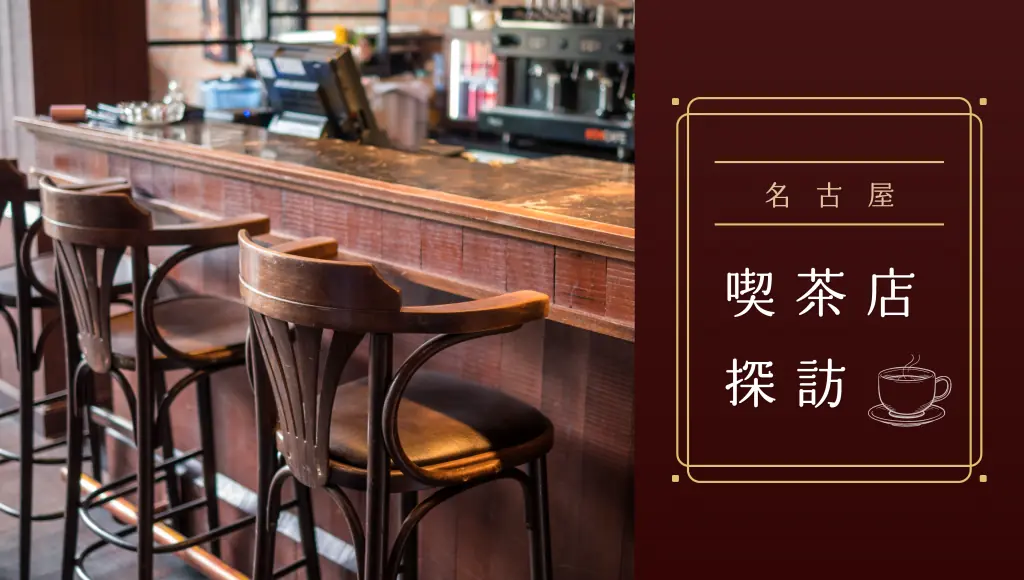




































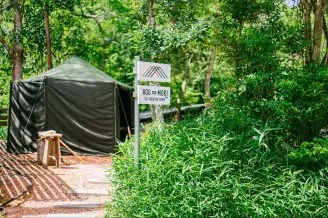

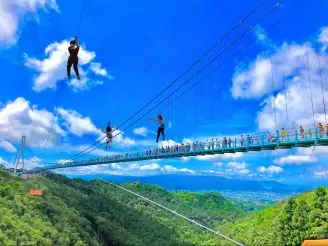




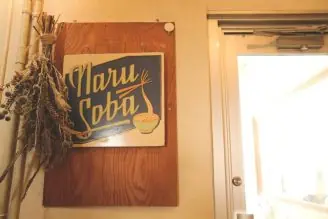





![[Indoor Facilities] Where to Go on Rainy Days in Tokai Area! For Family Outings!](https://life-designs.jp/wp/wp-content/uploads/2023/07/FotoJet-23-1024x768.jpg)
![[28 selections] I want to get it when I go to Ghibli Park! Recommended goods & souvenirs (Ghibli’s Grand Warehouse edition)](https://life-designs.jp/wp/wp-content/uploads/2023/07/07bb34f30842ccc4c6412fc060e1966c-1024x683.jpg)


![[9 Selections] Summary of Retro Coffee Shops in Nagoya](https://life-designs.jp/wp/wp-content/uploads/2021/11/image1-30-1024x683.jpg)
![[Within 2hrs by Car] 12 Outing Areas where You can Go on a Day Trip from Nagoya!](https://life-designs.jp/wp/wp-content/uploads/2023/07/odekake12_w1200h900_20240422-768x576.png)


![[14 Selections] Recommended spots to spend the weekend in Kakuozan area of Nagoya](https://life-designs.jp/wp/wp-content/uploads/2022/07/Kakuozan-spot_w1920h1088_240605-328x186.png)

